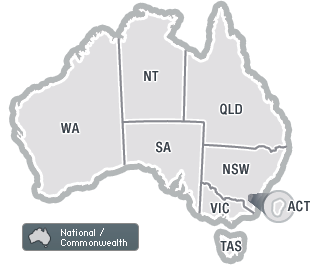An employer that has a limited budget, and relies on workers to run a number of health and wellbeing programs, has seen program participation rates skyrocket from 12 to 90 per cent in five years.
The Western Australian Department of Sport and Recreation began running physical activities such as running groups and sports during lunch breaks more than a decade ago, before developing a more formal corporate health and wellbeing program focusing on physical wellness, mental health and emotional intelligence, HR manager Faye Graham told OHS Alert.
She says the organisation provides workers with equipment to play sports including floorball and football, and encourages teams of workers to participate in events such as the City to Surf, the Freeway Bike Hike, and national walk and ride to work days.
It also runs a "weight watchers" program, provides workers with meditation tapes, and conducts heart checks and flu vaccinations at little expense.
Mental ill health is "so prevalent today", Graham says, that the Department conducts a four-week mental health first-aid program to help workers understand how they can support people with a mental illness.
Workers can attend the whole four-week course or just the sessions they feel are most relevant to them.
The Department has also conducted workshops on mindfulness, resilience, harassment and bullying, having difficult conversations, 360-degree feedback, developing thinking skills, and using tools for project and time management and creative and strategic thinking.
As the organisation is publicly funded and has a limited budget, the initiatives aren't run simultaneously and are usually conducted in lunch breaks or before or after work, Graham says.
Volunteer staff "play a huge part" in running programs such as boxing or dance classes, or walking groups.
Many workers are also members of the Department's social club, which meets regularly to organise social events such as lunches, weekend outings, or Friday-night drinks, and holds fundraising events such "bake offs" and morning teas for a range of charities.
"It doesn't take a big expense to contribute to your morale, you're sense of belonging, and people wanting to be a part of your work community, and I think that's what we've achieved," Graham says.
According to a Heads Up case study on the Department, worker participation rate for health and wellbeing activities and services was 90 per cent in 2013 – up from 12 per cent in 2008.
The Department was a top-three finalist last year for the team excellence in health and wellbeing award for a medium workplace at the National Preventative Health Agency Awards.
(Heads Up is a national workplace mental health campaign – see related article.)
OHS Alert is holding a free subscriber webinar on "building employee accountability for safety" next week. The webinar will include time for live Q&A.
Click here for more information or to register.



